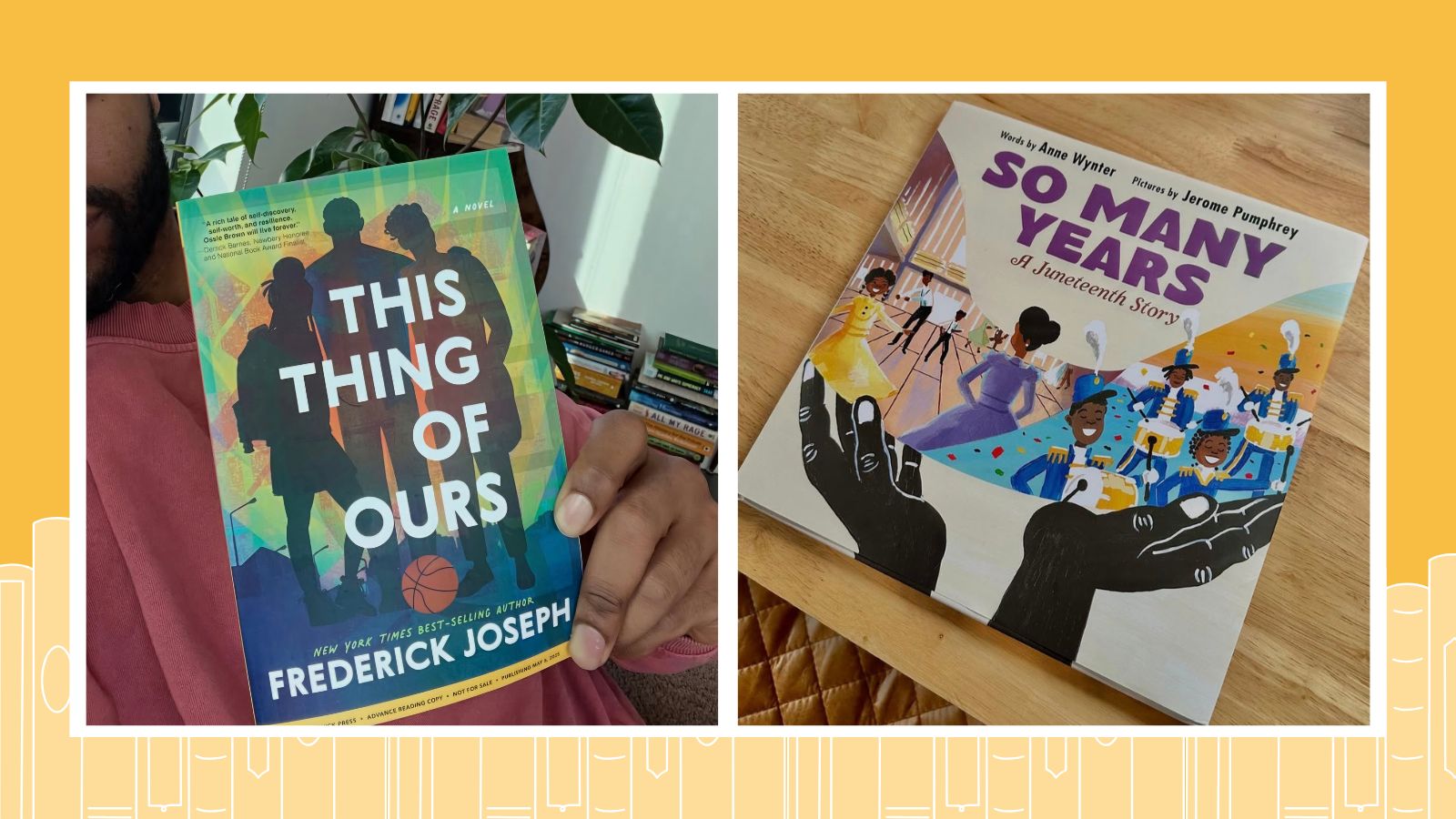Artificial intelligence (AI) has transitioned from a speculative concept to a transformative tool in higher education, particularly within community colleges. This article explores AI’s historical evolution, critically assesses its benefits and challenges for teaching, and provides evidence-based strategies for faculty to integrate AI effectively. Drawing on the scholarship of teaching and learning (SoTL), it argues that AI can enhance accessibility and efficiency while preserving the human essence of education. A case study from a California community college illustrates these principles in action. Faculty developers and instructors can use this framework to harness AI’s potential, ensuring it supports rather than supplants their pedagogical roles.
Introduction
In Ayad Akhtar’s 2023 play McNeal, ChatGPT performs alongside Robert Downey Jr., a theatrical milestone reflecting artificial intelligence’s (AI) encroachment into domains once deemed uniquely human (Akhtar, 2023, as cited in “From Čapek to ChatGPT”). This echoes Karel Čapek’s R.U.R. (Rossum’s Universal Robots), where artificial beings, created to serve, ultimately undo their creators (Čapek, 1920/2004). A century later, AI is no longer fiction but a dynamic force in community college education, reshaping how faculty teach, and students learn. For instructors serving diverse, often underserved populations, AI raises critical questions: How has it evolved into a pedagogical tool? What are its merits and limitations? How can it enhance teaching without diminishing faculty agency?
This article addresses these questions through a three-part exploration: tracing AI’s historical development, critically evaluating its role in community college classrooms, and offering practical, evidence-based strategies for faculty. Grounded in the scholarship of teaching and learning (SoTL), it expands on prior work (e.g., Davidson, 2021; Pritts, 2023) to position AI as a partner in faculty development. A case study illustrates these principles in practice, aligning with Faculty Focus’s mission to improve teaching and student success in higher education.
Historical Context: AI’s Evolution and Educational Implications
AI’s journey from myth to modernity informs its current educational applications. Ancient tales of Talos, a bronze automaton guarding Europa, and Pygmalion’s animated sculpture reveal humanity’s early fascination with artificial life (Hamilton, 1942). By the 3rd century BC, Greek inventors like Archytas built the steam-powered Flying Pigeon, an early self-operating device (Berryman, 2003). The 18th-century Jaquet-Droz automata—mechanical dolls mimicking human actions—furthered this vision (Riskin, 2016). Philosophers like Descartes and Leibniz speculated on machine cognition, while 19th-century pioneers Babbage and Lovelace laid computing’s foundations (Copeland, 2012).
The modern AI field emerged in 1950 when Alan Turing posed, “Can machines think?” (Turing, 1950), followed by John McCarthy’s naming of “artificial intelligence” (McCarthy, 2007). Early systems like MYCIN, which diagnosed infections using rule-based logic, showcased potential but lacked adaptability (Buchanan & Shortliffe, 1984). The 1990s introduced machine learning, enabling AI to learn from data—email spam filters improved iteratively, marking a shift from static programming (Mitchell, 1997). The 2010s brought deep learning, with neural networks emulating human cognition; Google’s AlphaGo defeated Go champion Lee Sedol in 2016, devising strategies its creators couldn’t predict (Silver et al., 2016).
Since 2020, generative AI—exemplified by OpenAI’s GPT-3 and ChatGPT—has produced human-like text, transforming fields from healthcare to education (Spitale et al., 2023; Topol, 2019). In classrooms, AI’s trajectory is evident: 1980s grading software evolved into 2020s virtual tutors, shifting from peripheral aids to central tools (Baylor & Ryu, 2003). For community college faculty, this history contextualizes AI’s rapid ascent, highlighting its capacity to augment teaching—yet it also underscores the need for critical oversight, a theme explored next.
Critical Analysis: AI’s Role in Community College Teaching
AI’s integration into community colleges offers transformative potential but demands scrutiny, particularly given the sector’s diverse student body—often first-generation, working adults, or developmental learners (Cohen et al., 2014).
Benefits: Accessibility and Faculty Efficiency
AI enhances accessibility, a cornerstone of community college missions. Hybrid and HyFlex models, supported by AI-driven platforms like Zoom, allow asynchronous learning, vital for students balancing work and family (Quality Matters, 2022). A 2022 report documented a 220% surge in preference for online/hybrid courses (from 9% in 2020 to 29% in 2022), reflecting AI’s role in broadening access (Kelly, 2022, as cited in Quality Matters, 2022). Faculty benefit too: automated grading reduces routine burdens, while NLP tools like ChatGPT provide instant student support, amplifying instructors’ reach (Barnes & Noble Education, 2022; Topol, 2019).
Challenges: Engagement and Skill Development
However, AI’s efficacy hinges on student self-regulation, a persistent challenge where developmental courses predominate (Zimmerman, 2002). Virtual settings often lack in-person dynamics—non-verbal cues, spontaneous discussions—potentially weakening engagement (Quality Matters, 2022). Faculty unease is notable: 54% prefer fully in-person instruction, citing discomfort with digital mediation (Barnes & Noble Education, 2022). Overreliance on AI risks undermining critical thinking; Pritts (2023) warns that tools generating papers may erode analytical skills, echoing SoTL calls for active learning (Davidson, 2021).
Ethical Considerations: Equity and Agency
Ethical dilemmas loom large. Algorithmic bias in grading systems can exacerbate inequities, disproportionately affecting marginalized learners (O’Neil, 2016). Access disparities—unreliable internet or devices—threaten equitable implementation (Means et al., 2020). Spitale et al. (2023) highlight AI’s dual edge: it clarifies concepts but also crafts compelling disinformation, posing risks to academic integrity. Without oversight, AI could shift from facilitator to arbiter, diminishing faculty agency—a concern rooted in Čapek’s cautionary tale (1920/2004). Faculty development must address these tensions to ensure AI serves educational goals.
AI and Academic Integrity: Redrawing Assessment
The rise of AI tools like ChatGPT has forced educators to rethink traditional assessment methods. As discussed in Inside Higher Ed (2025), the prevalence of AI-generated content has made it increasingly difficult to distinguish between student work and machine-generated output. This has led to a growing concern over academic integrity, particularly in community colleges where students may lack the resources or support to navigate these challenges effectively. However, rather than viewing AI as a threat to academic honesty, educators can use this moment to redesign assessments that emphasize critical thinking, creativity, and problem-solving—skills that AI cannot easily replicate. For example, instead of traditional essays, instructors might assign reflective portfolios, oral presentations, or collaborative projects that require students to engage deeply with the material and demonstrate their understanding in ways that go beyond what AI can produce. Faculty development programs should focus on equipping instructors with the tools and strategies to design assessments that are both AI-resistant and pedagogically sound, ensuring that students are evaluated on their ability to think critically and apply knowledge, rather than their ability to generate text.
Practical Applications: Strategies for Faculty Development
To harness AI’s benefits while mitigating risks, community college faculty can adopt five evidence-based strategies, each enhancing teaching practice and student success:
- AI as a Virtual Tutor: NLP models like ChatGPT offer 24/7 support. A developmental math instructor might direct students to ask, “Explain quadratic equations,” receiving tailored responses, freeing class time for conceptual exploration (Topol, 2019). Faculty can train on integrating such tools via workshops, enhancing their tutoring capacity.
- Hybrid Course Design: AI platforms enable asynchronous lectures, reserving in-person sessions for interaction. A sociology instructor could post AI-generated summaries on social inequality, then facilitate debates, accommodating diverse schedules (Quality Matters, 2022). Faculty development can include HyFlex training to optimize this balance.
- Creative Exploration: Tools like MidJourney foster innovation. An English instructor might have students generate visual interpretations of Their Eyes Were Watching God, sparking discussions on symbolism (Hutchison & Woodward, 2014). Workshops on AI-driven creativity can empower faculty to adapt this approach.
- Personalized Feedback: AI tools like Grammarly flag errors, allowing instructors to refine feedback with comments like, “Expand this argument,” blending efficiency with mentorship (Pritts, 2023). Faculty can learn to leverage AI feedback systems through peer mentoring.
- Redesigning Assessments for AI-Resistance: In light of the challenges posed by AI-generated content, faculty can adopt assessment strategies that prioritize critical thinking and creativity. For example, instead of traditional essays, instructors might assign reflective portfolios, oral presentations, or collaborative projects that require students to engage deeply with the material and demonstrate their understanding in ways that go beyond what AI can produce. Faculty development programs should focus on equipping instructors with the tools and strategies to design assessments that are both AI-resistant and pedagogically sound, ensuring that students are evaluated on their ability to think critically and apply knowledge, rather than their ability to generate text.
Case Study: AI in Action at a California Community College
At Sacramento City College (SCC), a 2023 pilot integrated AI into developmental English courses. Faculty used ChatGPT as a virtual tutor, assigning students to draft essays and refine them with AI feedback before submission. Instructors then provided final critiques, focusing on argumentation over mechanics. A survey of 50 students found 78% felt more confident in writing, while faculty reported a 30% reduction in grading time (SCC Faculty Development Report, 2023, unpublished). However, 20% of students lacked reliable internet, prompting SCC to expand Wi-Fi access. This case underscores AI’s potential to enhance teaching efficiency and student outcomes, while highlighting equity challenges faculty developers must address.
In response to concerns about AI-generated content, SCC also piloted a new assessment model in which students were required to present their essays orally and engage in peer review sessions. This approach not only reduced the risk of AI-generated submissions but also fostered a deeper understanding of the material through active engagement and collaboration. Faculty reported that students were more invested in the learning process and demonstrated higher levels of critical thinking and creativity in their work.
Conclusion
AI’s evolution—from ancient myths to ChatGPT’s theatrical debut—mirrors humanity’s quest to extend its capabilities. In community colleges, it offers accessibility and efficiency, yet risks eroding the relational core of teaching. Faculty development can bridge this gap by equipping instructors with strategies to integrate AI as a tutor, design tool, creative aid, feedback enhancer, and discussion catalyst. The SCC case study illustrates this balance in practice. As Davidson (2021) and Pritts (2023) argue, the goal is to delegate routine tasks to AI while reserving inspiration and mentorship for faculty—a principle rooted in SoTL. By fostering AI literacy and ethical oversight, faculty developers can ensure AI amplifies, rather than supplants, the human element of education.
Moreover, as the Inside Higher Ed article highlights, the rise of AI-generated content presents an opportunity to rethink assessment practices. By designing assessments that emphasize critical thinking, creativity, and collaboration, faculty can ensure that students are evaluated on their ability to engage deeply with the material, rather than their ability to generate text. This shift not only addresses concerns about academic integrity but also prepares students for a future in which AI is an integral part of the workforce.
David E. Balch, PhD, is a professor at Rio Hondo College and has published articles in the areas of ethics, humor, distance education, and AI.
Robert Blanck, MA, has 35 years’ experience in teaching and administration within the fields of education and business. Blanck earned the Lean Six Sigma Black Belt designation for industrial quality control.
Note: this article used collaboration between the human authors and the AI program Grok (xAI).
References
Barnes & Noble Education. (2022, June 28). College 2030 report: Higher education’s preparation post-pandemic. Business Wire. https://www.businesswire.com/news/home/20220628005207/en/
report: Higher education’s preparation post-pandemic. Business Wire. https://www.businesswire.com/news/home/20220628005207/en/
Baylor, A. L., & Ryu, J. (2003). The API model: Using AI to enhance learning. Educational Technology Research and Development, 51(4), 89–102. https://doi.org/10.1007/BF02504554
Buchanan, B. G., & Shortliffe, E. H. (1984). Rule-based expert systems: The MYCIN experiments of the Stanford Heuristic Programming Project. Addison-Wesley.
Čapek, K. (2004). R.U.R. (Rossum’s Universal Robots) (C. Novack, Trans.). Penguin Classics. (Original work published 1920)
Davidson, C. N. (2021). The new education: How to revolutionize the university to prepare students for a world in flux. Basic Books.
EDUCAUSE. (2023). AI and academic integrity: Rethinking assessment. https://www.educause.edu
Hutchison, A., & Woodward, L. (2014). A planning cycle for integrating digital technology into literacy instruction. The Reading Teacher, 67(6), 455–464. https://doi.org/10.1002/trtr.1225
McCarthy, J. (2007). What is artificial intelligence? Stanford University. http://jmc.stanford.edu/articles/whatisai/whatisai.pdf
Means, B., Bakia, M., & Murphy, R. (2020). Learning online: What research tells us about whether, when and how. Routledge.
Mitchell, T. M. (1997). Machine learning. McGraw-Hill.
O’Neil, C. (2017). Weapons of math destruction: How big data increases inequality and threatens democracy. Crown. Note: changed the date from 2016 to 2017
Pritts, N. (2023). AI and the future of critical thinking in higher education. Journal of Educational Technology, 40(2), 123–135.
Quality Matters. (2022). 2022 higher education trends report. https://www.qualitymatters.org/research
Silver, D., Huang, A., Maddison, C. J., Guez, A., Sifre, L., van den Driessche, G., Schrittwieser, J., Antonoglou, I., Panneershelvam, V., Lanctot, M., Dieleman, S., Grewe, D., Nham, J., Kalchbrenner, N., Sutskever, I., Lillicrap, T., Leach, M., Kavukcuoglu, K., Graepel, T., & Hassabis, D. (2016). Mastering the game of Go with deep neural networks and tree search. Nature, 529(7587), 484–489. https://doi.org/10.1038/nature16961
Spitale, G., Biller-Andorno, N., & Germani, F. (2023). AI model GPT-3 (dis)informs us better than humans. Science Advances, 9(5), Article eade7823. https://doi.org/10.1126/sciadv.ade7823
Topol, E. J. (2019). Deep medicine: How artificial intelligence can make healthcare human again. Basic Books.
Turing, A. M. (1950). Computing machinery and intelligence. Mind, 59(236), 433–460. https://doi.org/10.1093/mind/LIX.236.433
Zimmerman, B. J. (2002). Becoming a self-regulated learner: An overview. Theory Into Practice, 41(2), 64–70. https://doi.org/10.1207/s15430421tip4102_2
The post AI-Powered Teaching: Practical Tools for Community College Faculty appeared first on Faculty Focus | Higher Ed Teaching & Learning.
Artificial intelligence (AI) has transitioned from a speculative concept to a transformative tool in higher education, particularly within community colleges. This article explores AI’s historical evolution, critically assesses its benefits and challenges for teaching, and provides evidence-based strategies for faculty to integrate AI effectively. Drawing on the scholarship of teaching and learning (SoTL), it argues
The post AI-Powered Teaching: Practical Tools for Community College Faculty appeared first on Faculty Focus | Higher Ed Teaching & Learning. Teaching with Technology, artificial intelligence, building student engagement, Faculty Development, practical teaching and learning, teaching with technology Faculty Focus | Higher Ed Teaching & Learning









